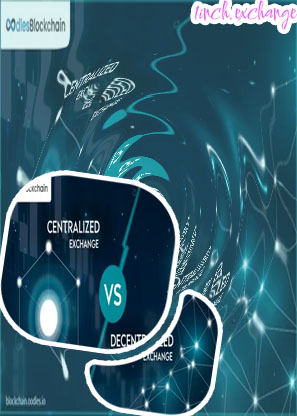

Decentralized cryptocurrency exchanges have gained popularity in recent years due to their focus on security, privacy, and independence from centralized authorities. In order to understand how to navigate this evolving landscape, it is important to stay informed on the latest developments and best practices. Below are two articles that provide valuable insights and tips on how to effectively utilize decentralized crypto exchanges.
Decentralized crypto exchanges have gained popularity in recent years due to their security and privacy features. In this list of articles, we will explore three different perspectives on how to solve the challenges associated with decentralized crypto exchanges. From scalability issues to user experience improvements, these articles offer valuable insights into the future of decentralized trading platforms.
Decentralized crypto exchanges have gained significant popularity in recent years due to their promise of increased security and privacy compared to centralized exchanges. However, one of the key challenges facing decentralized exchanges is scalability. As the number of users and transactions on these platforms continues to grow, scalability solutions become crucial to ensure smooth and efficient trading experiences.
One potential scalability solution for decentralized exchanges is the implementation of layer 2 solutions such as sidechains or state channels. These solutions allow for off-chain transactions to be processed quickly and cheaply, reducing the burden on the main blockchain network. By moving most of the trading activity off-chain, decentralized exchanges can significantly improve their scalability and throughput.
Another scalability solution is the use of sharding, which involves splitting the blockchain network into smaller, more manageable parts called shards. Each shard is responsible for processing a subset of transactions, allowing for parallel processing and increased network capacity. Sharding can help decentralized exchanges handle a higher volume of transactions without compromising security or decentralization.
In conclusion, scalability solutions play a critical role in the future success of decentralized crypto exchanges. By implementing layer 2 solutions and sharding techniques, these platforms can effectively address scalability challenges and provide a better trading experience for users worldwide.
Recommendations:
Decentralized exchanges (DEXs) have gained significant popularity in the world of cryptocurrency trading due to their promise of enhanced security and privacy. However, one major drawback that has hindered their widespread adoption is the often clunky and confusing user experience they offer.
To address this issue, developers and designers have been working tirelessly to enhance the usability of DEX platforms. One key improvement that has been made is the introduction of intuitive user interfaces that make it easier for traders to navigate the platform and execute trades seamlessly. By simplifying the trading process and providing clear instructions, users can now enjoy a more streamlined experience when trading on DEXs.
Another important aspect of improving user experience on decentralized exchanges is the integration of advanced features such as limit orders, stop-loss orders, and charting tools. These functionalities empower users to make informed trading decisions and manage their portfolios more effectively. Additionally, the implementation of robust security measures, such as multi-signature wallets and two-factor authentication, helps to instill trust and confidence in users.
In conclusion, the ongoing efforts to enhance the user experience on decentralized exchanges are crucial for the continued growth and success of this innovative trading ecosystem. By prioritizing usability, security, and functionality, DEX platforms can attract a broader user base and compete more effectively
none
